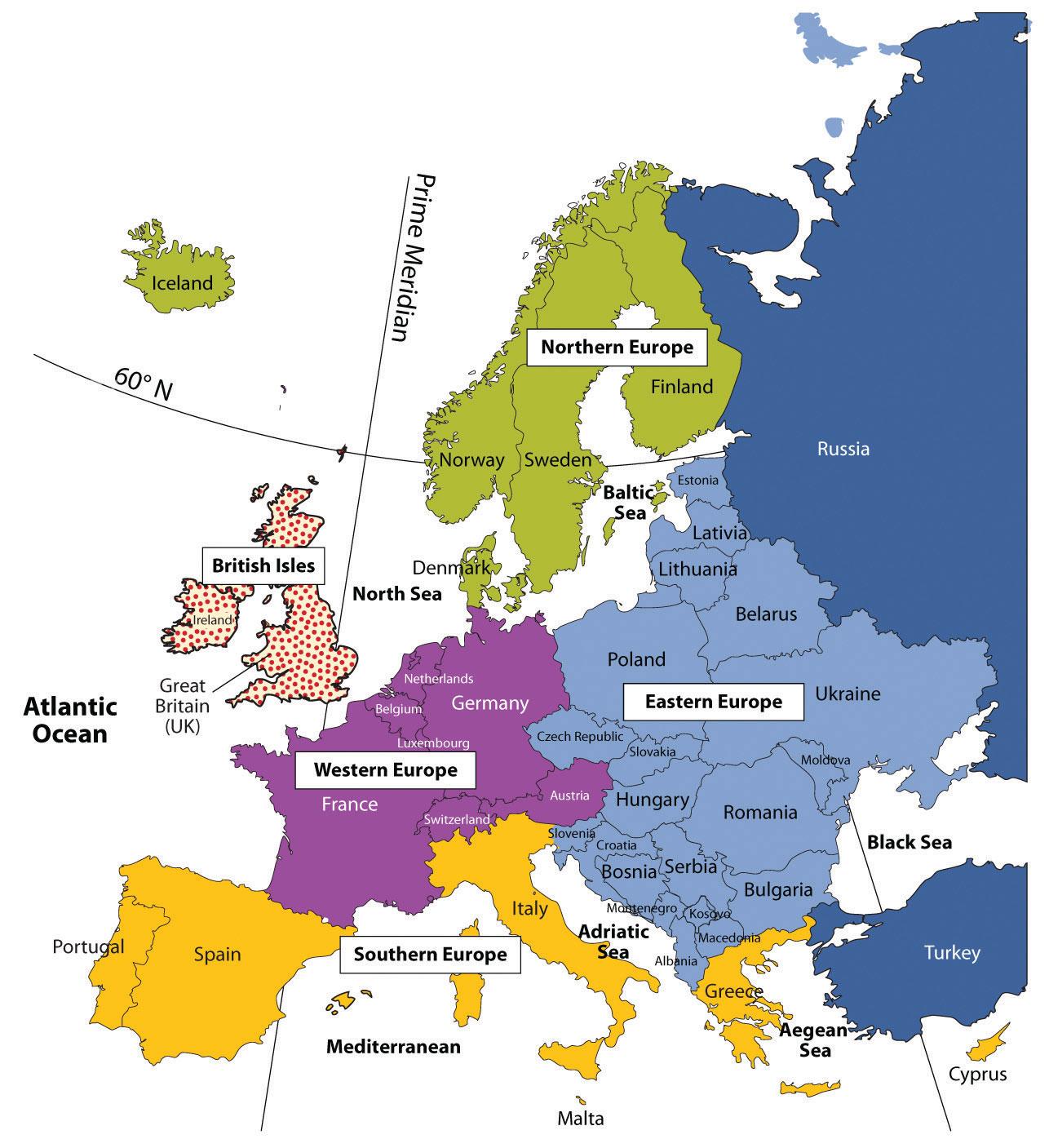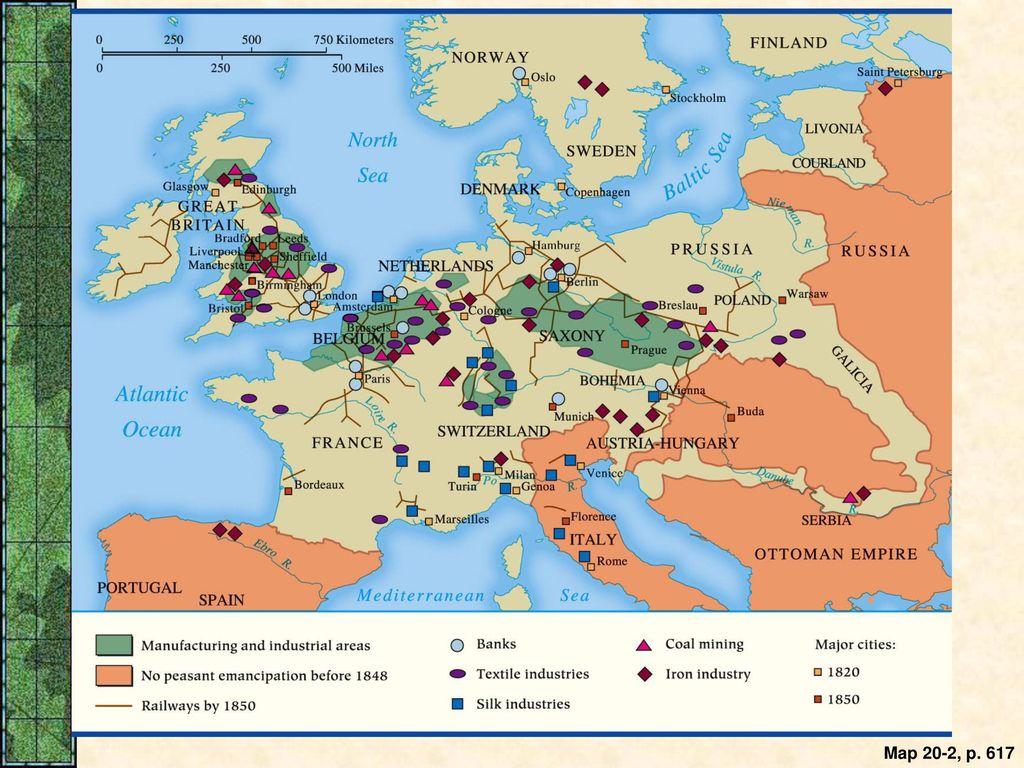Introduction
The realms are huge sections of the planet’s terrain where creatures have evolved in comparative solitude over time. Geographical factors that act as obstacles to movement, such as seas, large grasslands, or steep mountainous regions, isolate the creatures from one another. Europe’s historical sequence of progression is classic research in national geopolitics, from the Roman Kingdom to the European Union. The realm strives to tackle the traditional elements that unify and separate it, from medieval kingdoms to diverse sovereignty to a multi-country federation. Ever since the industrial period, European pioneering and establishment have profoundly influenced the planet, which is being experienced to date.
The industrial era stimulated rural-to-urban migration that started in Europe and affected emerging nations. Parsing of the realm provided many opportunities to the regions and residents. The four elements of the navigation system have been used to split Europe into different regions: Northern Europe, Eastern region, Southern Europe, and Western region. Great Britain and Ireland are frequently seen as independent areas; however, they might be deemed part of Western Europe. These are primarily geographical areas with similar physical topography or cultural characteristics due to physical constraints. Comprehending Europe’s geography is critical to comprehend the rest of the globe. The regions in Europe were parsed adequately since there are equal industrial growth in the areas, steady advancement of trade within the regions, and preservation of the residents, heritage, culture and traditions.

Industrialization
In the 1800s, an enormous economic upheaval supported the establishment of modern Europe, enclosing the initial phases of the great industrial Era and a broader advancement of entrepreneurial operations. The industrial transformation in the realm did not happen instantaneously but instead slowly took over the regions. One of the catalysts was the utmost swift demographic development that commenced at the start of the 19th century, which led to a vast labor pool (Ciccarelli & Fachin 680). At the same time, new, more effective manufacturing techniques were necessary to offer the fundamental demands of several individuals. Due to the adequate division of Europe into regions, there was an effective boost in industrial growth.
Western Europe had two significant benefits in this predicament: an extraordinarily productive and affluent agricultural economy and an incredible number of inventive entrepreneurs. In Europe, industrial development was vastly different. Being among of the initial industrialized regions, Northern Europe benefited from plentiful coal reserves and iron ore and coal resources and a lengthy history of textile production. Since the Eastern region was fragmented into many local nations, fresh industrial methods took a long to develop. Nonetheless, after adequate division, the mining zones established profitable heavy industries. At the comparable moment, the progression of steel production and mechanical and civil activities were assisted by the building of railways.
The Southern Europe industrial period did not fully begin until after parsing the realm. The area was covered with canals and lacked natural resources; therefore, it was considered remote despite having residents. The two limitations made railways construction and the development of industries extremely challenging. As a consequence, organizations tend to concentrate on establishing pre-industrial occupations. The preparation of agrarian goods such as meat and dairy products offered the groundwork for prospective automation. Without parsing the realm, remote areas would not have experienced industrialization, and the regions would have a slow growth rate.

Advancement of Trade
The European realm is among the planet’s greatest outward-looking economies. Moreover, the continent is also the greatest exclusive market area in the world. Among the European Union’s fundamental principles was unrestricted commerce among its participants, and the union is dedicated to increasing regional and international trade. Dividing the realm into regions led to the expansion of trade in remote areas, thereby improving the economy in the regions. Every region had a unique resource that the others lacked but required to enhance development. In the Northern region, the grain trade and market played a central role in the area’s economic growth. Grain is a major component in the diet of Europeans as it is consumed as porridge, bread, and beer (Dong et al. 1002). Citizens in North Europe engage in farming as their primary occupation due to the rich soil in their hilly landscapes and favorable climate.
Continuous grain trade to the other regions benefited the Northern area as there was improved infrastructure and urbanization. The southern region of Europe is well known for the production of meat and dairy products (Ciccarelli & Fachin 680). The region trades with the other areas in the realm, improving Europe’s gross domestic product. Eastern Europe has successfully positioned itself on the continent’s commercial scene after arising from beneath the iron curtain at the conclusion of the twentieth century. It presently provides vehicles, automotive components, visual displays, electronics, and critical raw materials to the rest of the regions.
Commerce is critical to eradicating economic inequality because countries that are properly split into regions and have access to national trade expand quicker, innovate, enhance productivity, and give their citizens greater wages and additional possibilities. Low-income individuals gain from open trading activities between European regions because products and services are made affordable. Merging into the international economy via multinational value chains and commerce contributes to domestic and foreign financial prosperity and the reduction of poverty. The regions in Europe were adequately parsed since trade activities in each region are successful, and residents benefit enormously.
Preserving Culture, Heritage and Traditions
Tradition and its history express and define attitudes, perceptions, and purpose, establishing the feeling of patriotism in a people. It is vital to protect an individual’s cultural history in order to maintain their identity as a people. Culture takes several manifestations, from intangibles such as thoughts, rituals, emotions, and beliefs, to tangibles, for example, sceneries, locations, and monuments, as does its application, which can vary from marketing to nation-building. Although the German, English, Hungarian, Swiss, and Netherlandic groupings are notable for coexisting Roman Catholics and Protestants, the bulk of main cultural heritage groupings in Europe have the same dominating religion. In order to maintain and preserve the different cultures in the region, it was essential to divide the realm into regions where individuals who practice similar traditions can easily interact.
Three important divisions emerge from the complexity of European dialects: Germanic, Romance, and Slavic. All three are descended from an Indo-European language spoken by the first European migrants from southern Asia. Northern and central regions of Europe are home to Germanic languages. They are descended from a unifying ethnic language spoken in southern Scandinavia. The Romance cultures predominate in Europe’s Western and Mediterranean regions, while the Slavic languages are found in Europe’s Eastern and southeastern areas. Dividing the realm into different regions was adequately done and essential to minimize cultural disputes that would frequently arise. Tourists fascinated by culture and heritage often desire to study the ideas and traditions that formed a people’s common identity and the difficulties and accomplishments that molded it. Many of the tourists may have ancestors related to the persons whose background they are studying. This generates revenue in the region, benefiting the citizens and creating many opportunities to boost them financially. In addition, protecting various traditions is significant in promoting nationalism.
Conclusion
In conclusion, the European realm was adequately parsed into various regions, including the Northern, Eastern, Southern, and Western regions. The division was a success, and the effective industrial growth throughout Europe supports this. Parsing the realm resulted in the creation of governments and authority in the regions, which worked towards improving the economy and livelihood of individuals residing in the area. The different regions contained unique resources that prompted the development of industries enabling manufacturing in areas that would be impossible to reach without dividing the realm.
Trade activities in Europe have progressed and enhanced the continent’s economy. Local trade among the regions has played a crucial role in raising the gross domestic product of Europe. Furthermore, dividing the realm into different regions effectively protects and maintains people’s heritage, culture, and traditions. Preserving the tradition of individuals is crucial in minimizing cultural conflicts by creating regions for people with similar beliefs and views. Moreover, preserving culture has played a significant role in generating revenue for the specific regions and as it lures tourists to come and learn about the ancient groups. From these reasons, it is clear that the regions in Europe were parsed adequately and strategically to benefit the citizens.
Works Cited
Ciccarelli, Carlo, & Fachin, Stefano. “Regional Growth with Spatial Dependence: A Case Study on Early Italian Industrialization.” Regional Science Association International, vol. 96, no. 4, 2017, pp. 675-695.
Dong, Chao, Yin, Quiuju, Lane, Kevin, J., & Yan, Zhijun. “Competition and Transmission Evolution of Global Food Trade: A Case Study of Wheat.” Statistical Mechanics and Its Application, vol. 509, no. 1, 2018, pp. 998-1008.